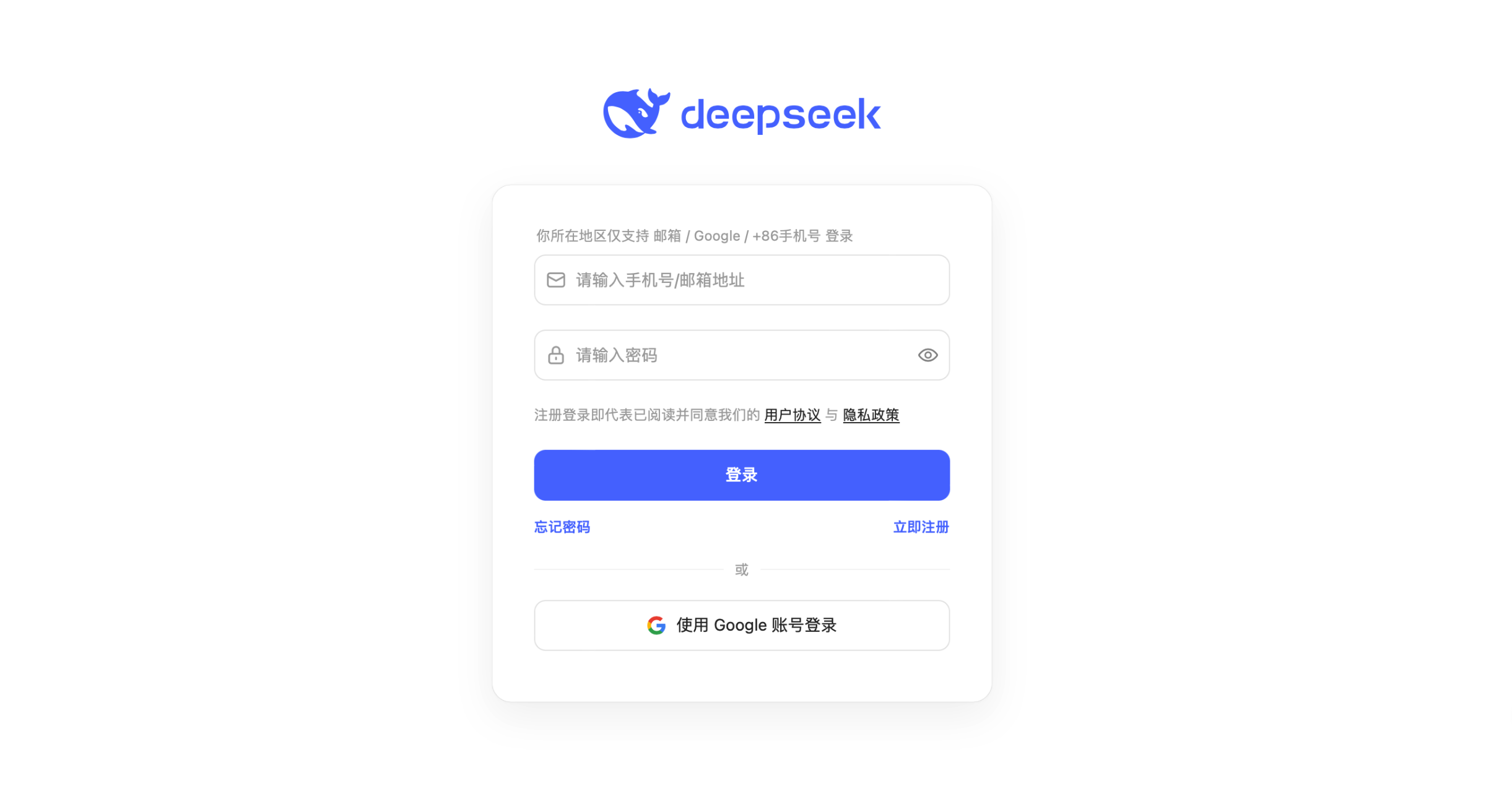Introduction to DeepSeek
DeepSeek is a series of advanced artificial intelligence models developed by DeepSeek AI, covering multiple fields such as natural language processing, code generation, and mathematical reasoning. It stands out in the industry with its high performance, cost-effectiveness, and open-source strategy. DeepSeek was founded in July 2023 by the well-known quantitative asset management giant, Nine Chapters Quantitative, focusing on exploring the path to general artificial intelligence, with a primary focus on large model development and application.
DeepSeek Functions
Function Overview
The main functions of DeepSeek include text generation, dialogue capabilities, code writing, mathematical calculations, and reasoning tasks. It can be integrated into various downstream systems or applications to provide users with intelligent dialogue and content generation services. Additionally, DeepSeek offers API interfaces, allowing developers to integrate it into their own applications.
Key Features
- Mixture of Experts (MoE) Architecture: DeepSeek-V3 has 671 billion parameters, but only 37 billion parameters are activated for each input, significantly reducing computational costs while maintaining high performance.
- Multi-Head Latent Attention (MLA): This architecture enables efficient training and inference.
- Multi-Token Prediction Training Objective: This enhances the overall performance of the model.
- Efficient Training Framework: Using the HAI-LLM framework, it supports various parallelization methods, reducing training costs.
- Multi-Stage Training Approach: This includes base model training, reinforcement learning training, and fine-tuning, allowing the model to absorb different knowledge and capabilities at different stages.
- Large Context Window: It can process and understand longer texts and maintain coherence in long conversations.
Strengths and Weaknesses
- Strengths:
- High Performance: DeepSeek excels in inference capability and speed, demonstrating strong competitiveness. For example, the inference speed of DeepSeek-V3 is more than 30% faster than traditional models.
- Low Cost: By using FP8 mixed-precision training, DeepSeek significantly reduces GPU memory requirements and storage bandwidth pressure during the training process. Additionally, its efficient training mechanism allows the model to complete pre-training in less than two months.
- Multi-functionality: DeepSeek has a wide range of applications across various fields, including learning, work, and daily life. It can serve as a learning assistant, programming assistant, writing assistant, life assistant, and translation assistant, meeting users' needs in different scenarios.
- Ease of Use: DeepSeek interacts through natural language, allowing users to communicate with the model without learning complex operations.
- Open-Source Ecosystem: DeepSeek's open-source strategy has attracted a large number of developers and researchers, promoting the development and application of AI technology.
- Local Deployment Advantage: DeepSeek supports local deployment, ensuring data privacy and security while providing higher performance and stability.
- Weaknesses:
- Chinese Processing Capability Needs Improvement: Although DeepSeek has been deeply optimized for the Chinese context, it still falls short of human natural language processing capabilities in some complex semantic understanding.
- High Hardware Requirements: Despite efforts in hardware optimization, DeepSeek still requires certain hardware support for operation.
Frequently Asked Questions about DeepSeek
- What are the differences between DeepSeek and ChatGPT?
- Research Background and Technical Features: DeepSeek is developed by the Chinese DeepSeek team and employs a Mixture of Experts (MoE) architecture, combining the advantages of multiple expert models to dynamically select the most suitable expert model for processing, making it suitable for complex tasks. ChatGPT, developed by OpenAI, is based on the Transformer architecture, supports multimodal input, and has powerful natural language processing capabilities to simulate human dialogue.
- Functions and Application Scenarios: DeepSeek performs well in vertical fields such as finance, healthcare, and code generation, supports private deployment, and can integrate with corporate knowledge graphs, making it suitable for enterprise-level applications. ChatGPT is suitable for a wide range of text generation and dialogue tasks, providing creative inspiration and supporting functions such as voice recognition, and is widely used in education, customer service, and other fields.
- Chinese Processing Capability: DeepSeek has been deeply optimized for the Chinese context and can better understand Chinese grammar and cultural background, making it more suitable for Chinese users. Although ChatGPT supports multiple languages, its Chinese processing is not as idiomatic as DeepSeek.
- Cost and Deployment: DeepSeek has lower training and inference costs, supports local deployment, and reduces hardware requirements by 60%, making it suitable for resource-limited enterprises. ChatGPT has high training costs and requires powerful computing support, making it suitable for users and organizations with ample resources.
- Open Source and Ecosystem: DeepSeek's open-source strategy has attracted many developers to participate in optimization and customization, promoting the popularization and application of technology. ChatGPT is mainly led by OpenAI and covers global developers and enterprise users through APIs and ecosystem cooperation.
- What is the training cost of DeepSeek?
- DeepSeek uses FP8 mixed-precision training to significantly reduce GPU memory requirements and storage bandwidth pressure during the training process. For example, when training DeepSeek-V3, using FP8 precision compared to traditional FP16 or FP32 precision can reduce GPU memory usage by about 50%. Additionally, its efficient training mechanism allows the model to complete pre-training in less than two months.
